Ting Zhu
Energy Efficient LoRaWAN in LEO Satellites
Dec 30, 2024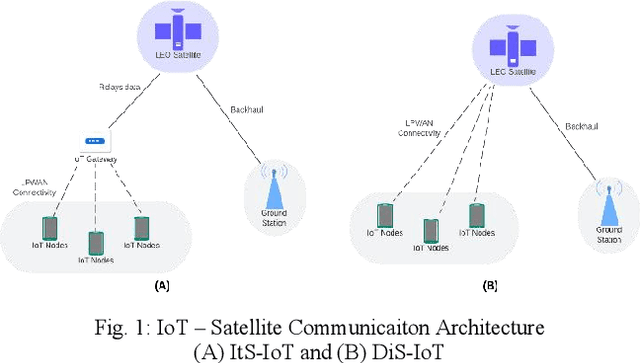
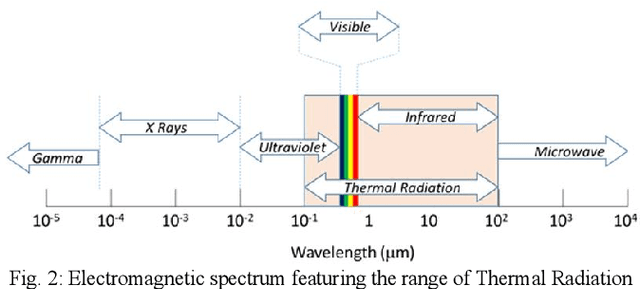
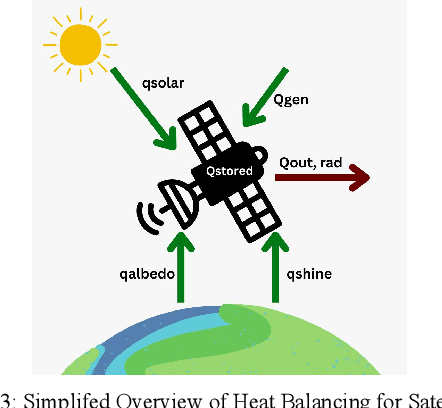
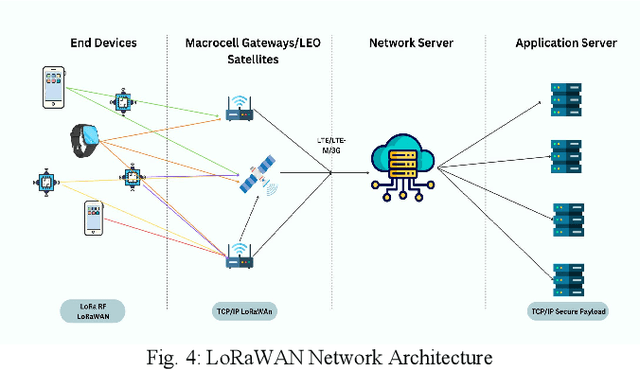
Abstract:LPWAN service's inexpensive cost and long range capabilities make it a promising addition and countless satellite companies have started taking advantage of this technology to connect IoT users across the globe. However, LEO satellites have the unique challenge of using rechargeable batteries and green solar energy to power their components. LPWAN technology is not optimized to maximize battery lifespan of network nodes. By incorporating a MAC protocol that maximizes node the battery lifespan across the network, we can reduce battery waste and usage of scarce Earth resources to develop satellite batteries.
Mitigating Relative Over-Generalization in Multi-Agent Reinforcement Learning
Nov 17, 2024Abstract:In decentralized multi-agent reinforcement learning, agents learning in isolation can lead to relative over-generalization (RO), where optimal joint actions are undervalued in favor of suboptimal ones. This hinders effective coordination in cooperative tasks, as agents tend to choose actions that are individually rational but collectively suboptimal. To address this issue, we introduce MaxMax Q-Learning (MMQ), which employs an iterative process of sampling and evaluating potential next states, selecting those with maximal Q-values for learning. This approach refines approximations of ideal state transitions, aligning more closely with the optimal joint policy of collaborating agents. We provide theoretical analysis supporting MMQ's potential and present empirical evaluations across various environments susceptible to RO. Our results demonstrate that MMQ frequently outperforms existing baselines, exhibiting enhanced convergence and sample efficiency.
Enhancing dysarthria speech feature representation with empirical mode decomposition and Walsh-Hadamard transform
Dec 30, 2023Abstract:Dysarthria speech contains the pathological characteristics of vocal tract and vocal fold, but so far, they have not yet been included in traditional acoustic feature sets. Moreover, the nonlinearity and non-stationarity of speech have been ignored. In this paper, we propose a feature enhancement algorithm for dysarthria speech called WHFEMD. It combines empirical mode decomposition (EMD) and fast Walsh-Hadamard transform (FWHT) to enhance features. With the proposed algorithm, the fast Fourier transform of the dysarthria speech is first performed and then followed by EMD to get intrinsic mode functions (IMFs). After that, FWHT is used to output new coefficients and to extract statistical features based on IMFs, power spectral density, and enhanced gammatone frequency cepstral coefficients. To evaluate the proposed approach, we conducted experiments on two public pathological speech databases including UA Speech and TORGO. The results show that our algorithm performed better than traditional features in classification. We achieved improvements of 13.8% (UA Speech) and 3.84% (TORGO), respectively. Furthermore, the incorporation of an imbalanced classification algorithm to address data imbalance has resulted in a 12.18% increase in recognition accuracy. This algorithm effectively addresses the challenges of the imbalanced dataset and non-linearity in dysarthric speech and simultaneously provides a robust representation of the local pathological features of the vocal folds and tracts.
Data Classification With Multiprocessing
Dec 23, 2023Abstract:Classification is one of the most important tasks in Machine Learning (ML) and with recent advancements in artificial intelligence (AI) it is important to find efficient ways to implement it. Generally, the choice of classification algorithm depends on the data it is dealing with, and accuracy of the algorithm depends on the hyperparameters it is tuned with. One way is to check the accuracy of the algorithms by executing it with different hyperparameters serially and then selecting the parameters that give the highest accuracy to predict the final output. This paper proposes another way where the algorithm is parallelly trained with different hyperparameters to reduce the execution time. In the end, results from all the trained variations of the algorithms are ensembled to exploit the parallelism and improve the accuracy of prediction. Python multiprocessing is used to test this hypothesis with different classification algorithms such as K-Nearest Neighbors (KNN), Support Vector Machines (SVM), random forest and decision tree and reviews factors affecting parallelism. Ensembled output considers the predictions from all processes and final class is the one predicted by maximum number of processes. Doing this increases the reliability of predictions. We conclude that ensembling improves accuracy and multiprocessing reduces execution time for selected algorithms.
Design, construction and evaluation of emotional multimodal pathological speech database
Dec 14, 2023



Abstract:The lack of an available emotion pathology database is one of the key obstacles in studying the emotion expression status of patients with dysarthria. The first Chinese multimodal emotional pathological speech database containing multi-perspective information is constructed in this paper. It includes 29 controls and 39 patients with different degrees of motor dysarthria, expressing happy, sad, angry and neutral emotions. All emotional speech was labeled for intelligibility, types and discrete dimensional emotions by developed WeChat mini-program. The subjective analysis justifies from emotion discrimination accuracy, speech intelligibility, valence-arousal spatial distribution, and correlation between SCL-90 and disease severity. The automatic recognition tested on speech and glottal data, with average accuracy of 78% for controls and 60% for patients in audio, while 51% for controls and 38% for patients in glottal data, indicating an influence of the disease on emotional expression.
KG-BERTScore: Incorporating Knowledge Graph into BERTScore for Reference-Free Machine Translation Evaluation
Jan 30, 2023Abstract:BERTScore is an effective and robust automatic metric for referencebased machine translation evaluation. In this paper, we incorporate multilingual knowledge graph into BERTScore and propose a metric named KG-BERTScore, which linearly combines the results of BERTScore and bilingual named entity matching for reference-free machine translation evaluation. From the experimental results on WMT19 QE as a metric without references shared tasks, our metric KG-BERTScore gets higher overall correlation with human judgements than the current state-of-the-art metrics for reference-free machine translation evaluation.1 Moreover, the pre-trained multilingual model used by KG-BERTScore and the parameter for linear combination are also studied in this paper.
Efficient Semantic Segmentation on Edge Devices
Dec 28, 2022



Abstract:Semantic segmentation works on the computer vision algorithm for assigning each pixel of an image into a class. The task of semantic segmentation should be performed with both accuracy and efficiency. Most of the existing deep FCNs yield to heavy computations and these networks are very power hungry, unsuitable for real-time applications on portable devices. This project analyzes current semantic segmentation models to explore the feasibility of applying these models for emergency response during catastrophic events. We compare the performance of real-time semantic segmentation models with non-real-time counterparts constrained by aerial images under oppositional settings. Furthermore, we train several models on the Flood-Net dataset, containing UAV images captured after Hurricane Harvey, and benchmark their execution on special classes such as flooded buildings vs. non-flooded buildings or flooded roads vs. non-flooded roads. In this project, we developed a real-time UNet based model and deployed that network on Jetson AGX Xavier module.
Computer Vision Based Parking Optimization System
Jan 01, 2022



Abstract:An improvement in technology is linearly related to time and time-relevant problems. It has been seen that as time progresses, the number of problems humans face also increases. However, technology to resolve these problems tends to improve as well. One of the earliest existing problems which started with the invention of vehicles was parking. The ease of resolving this problem using technology has evolved over the years but the problem of parking still remains unsolved. The main reason behind this is that parking does not only involve one problem but it consists of a set of problems within itself. One of these problems is the occupancy detection of the parking slots in a distributed parking ecosystem. In a distributed system, users would find preferable parking spaces as opposed to random parking spaces. In this paper, we propose a web-based application as a solution for parking space detection in different parking spaces. The solution is based on Computer Vision (CV) and is built using the Django framework written in Python 3.0. The solution works to resolve the occupancy detection problem along with providing the user the option to determine the block based on availability and his preference. The evaluation results for our proposed system are promising and efficient. The proposed system can also be integrated with different systems and be used for solving other relevant parking problems.
Chatbot for fitness management using IBM Watson
Dec 30, 2021



Abstract:Chatbots have revolutionized the way humans interact with computer systems and they have substituted the use of service agents, call-center representatives etc. Fitness industry has always been a growing industry although it has not adapted to the latest technologies like AI, ML and cloud computing. In this paper, we propose an idea to develop a chatbot for fitness management using IBM Watson and integrate it with a web application. We proposed using Natural Language Processing (NLP) and Natural Language Understanding (NLU) along with frameworks of IBM Cloud Watson provided for the Chatbot Assistant. This software uses a serverless architecture to combine the services of a professional by offering diet plans, home exercises, interactive counseling sessions, fitness recommendations.
Benchmarking Machine Learning: How Fast Can Your Algorithms Go?
Jan 08, 2021

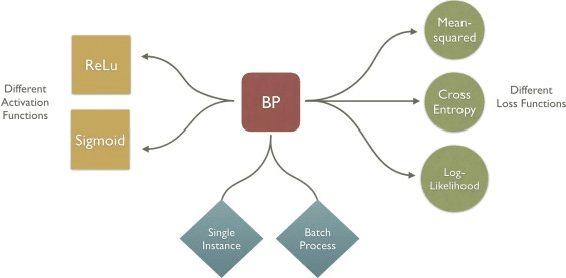
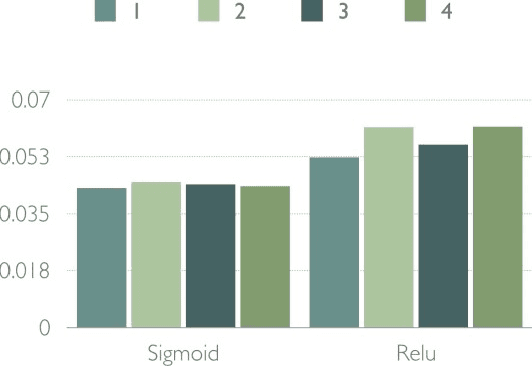
Abstract:This paper is focused on evaluating the effect of some different techniques in machine learning speed-up, including vector caches, parallel execution, and so on. The following content will include some review of the previous approaches and our own experimental results.
 Add to Chrome
Add to Chrome Add to Firefox
Add to Firefox Add to Edge
Add to Edge